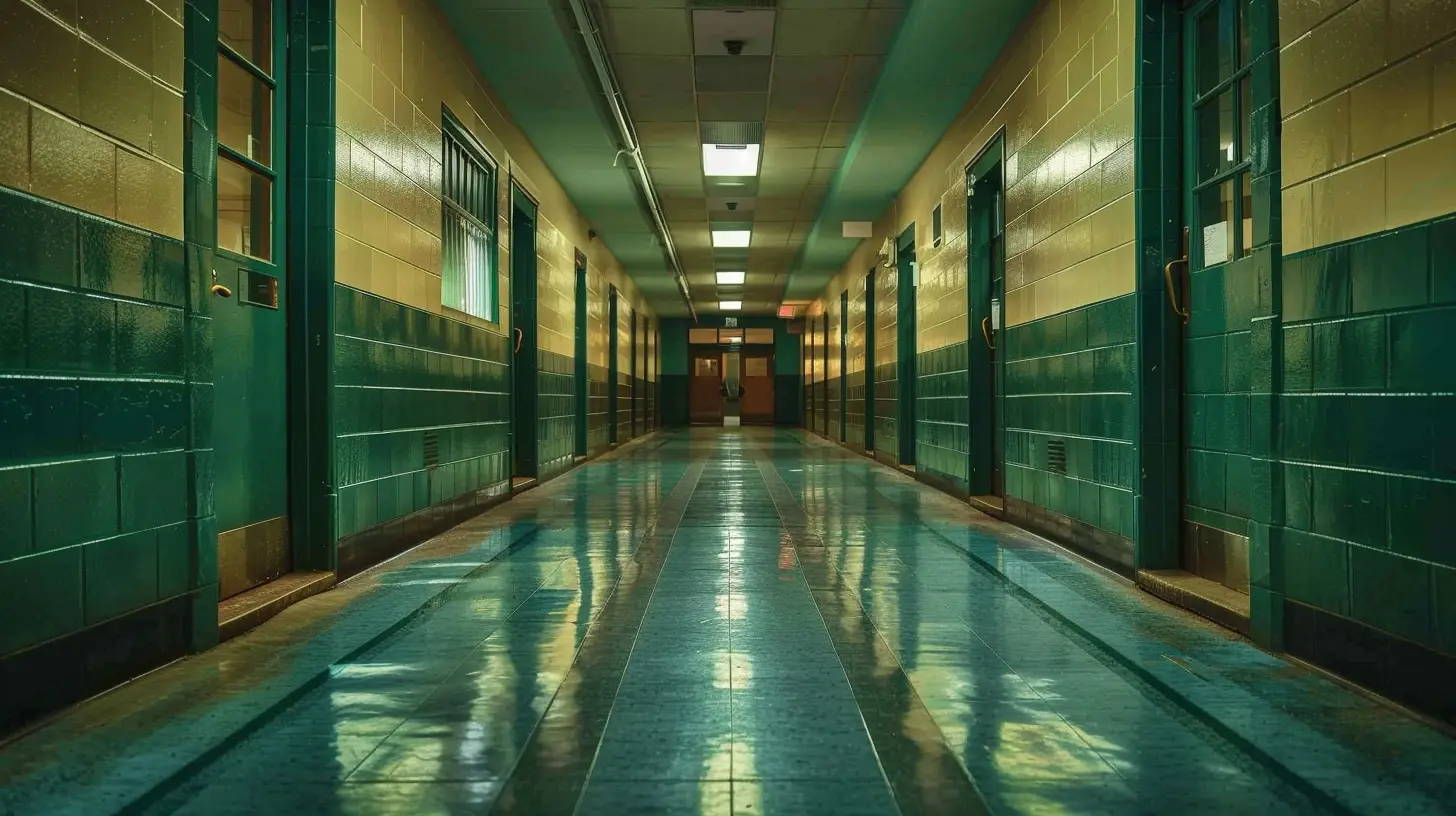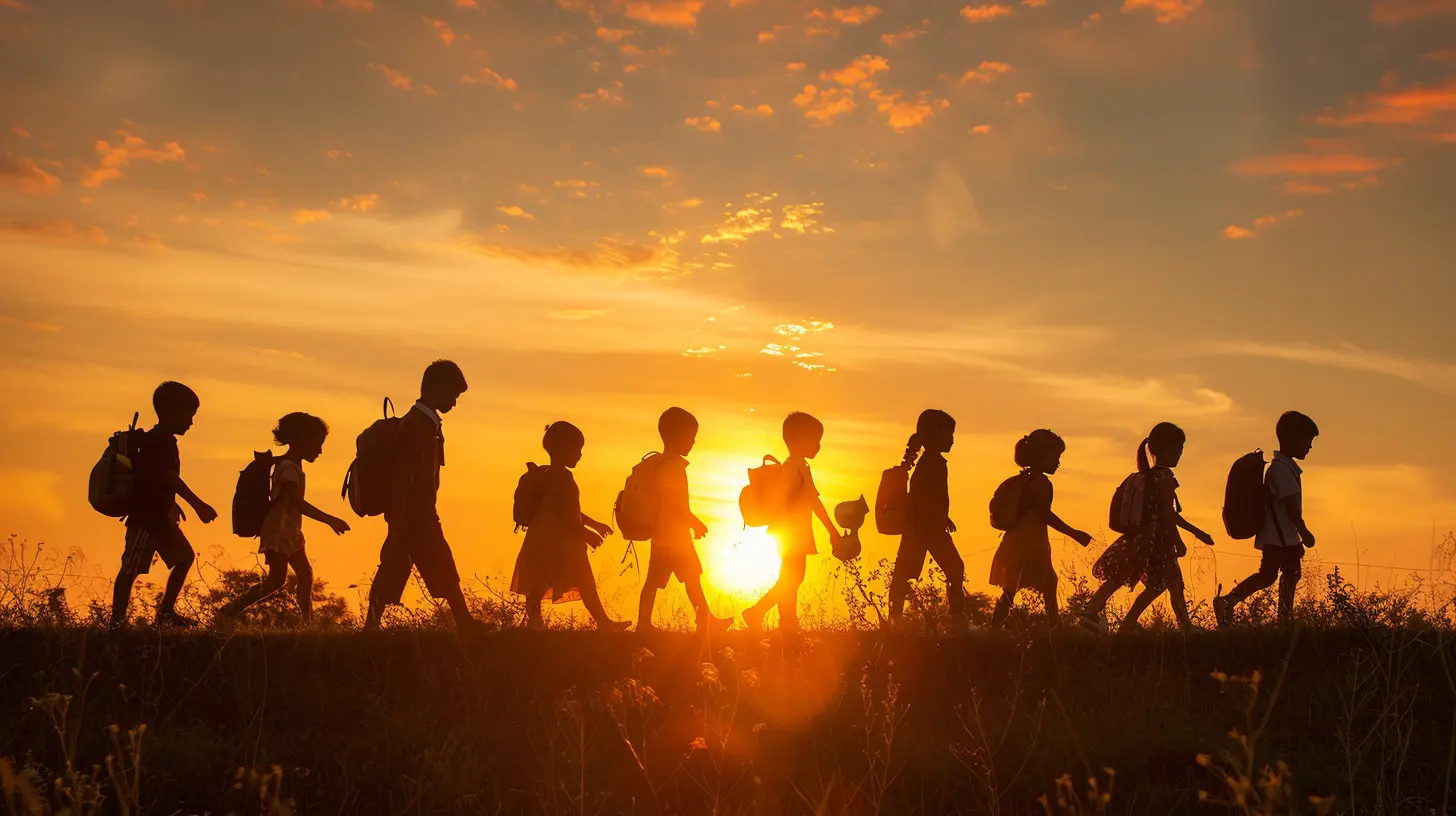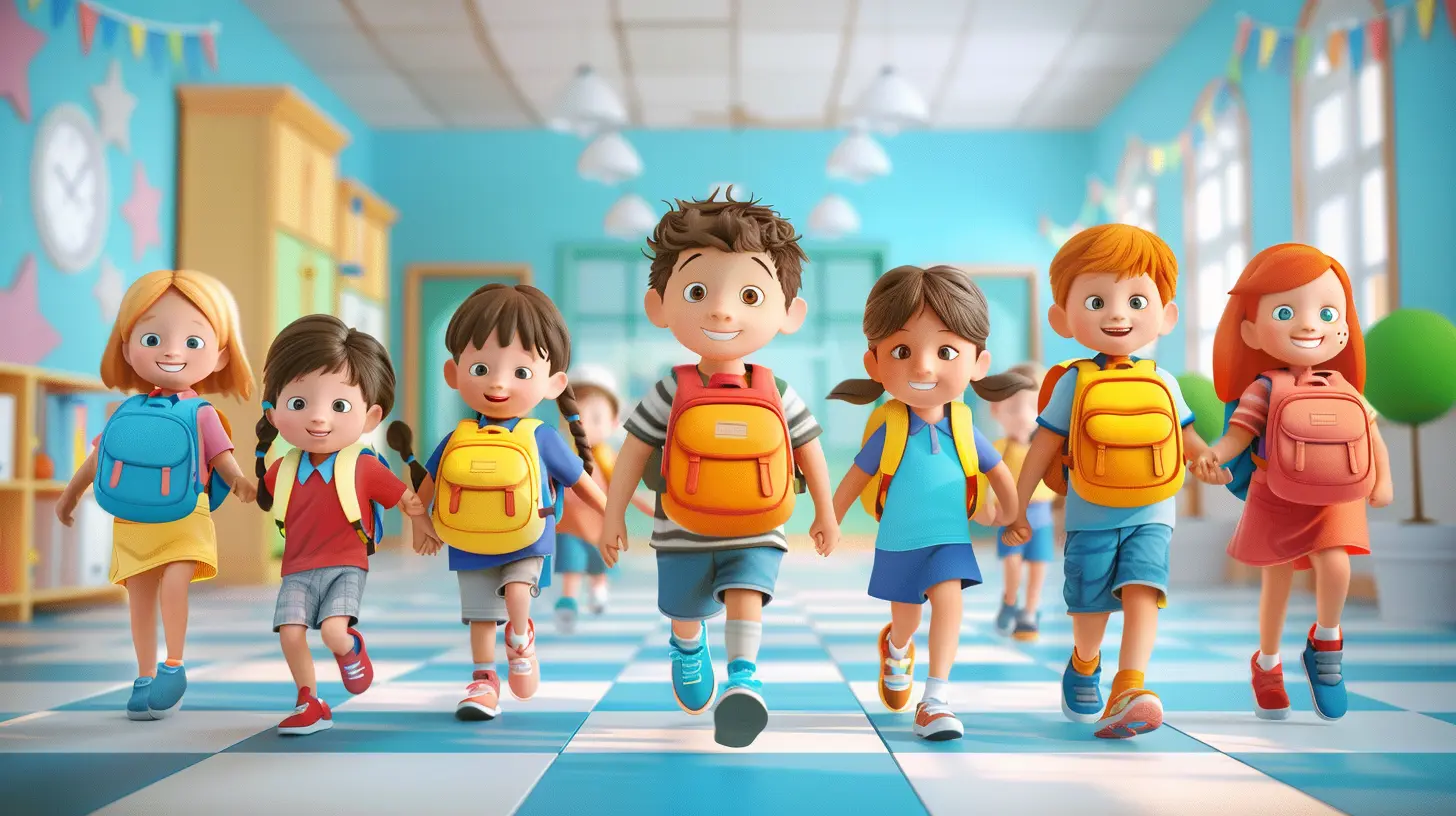Understanding the Link Between Discipline and Safety in Schools
6 September 2025
Let’s get real for a second. When we think of school, our minds often jump to classrooms, textbooks, and grades. But what about safety? What about discipline? These two elements are at the very heart of every school environment, and the way they interact can truly make—or break—the student experience.
You see, discipline and safety aren’t just standalone concepts floating around in the educational cosmos. They're deeply intertwined. A well-disciplined school tends to be a safer school, and a safe school naturally encourages better discipline. But how exactly does this relationship work?
Well, you're in the right place if you're curious, because we’re about to dive deep into the powerful connection between discipline and safety in schools. And trust me, by the end of this article, you'll see them both in a whole new light.
Why Discipline Matters in the School Environment
Discipline—not to be confused with punishment—is all about guidance. It's about setting clear expectations, maintaining order, and, most importantly, helping students grow into responsible, respectful human beings.Think of a school without any rules. It's like trying to play a soccer game without boundaries or referees. Chaos, right? When students know what’s expected of them and see consistency in the way rules are enforced, they feel more secure. They’re not second-guessing whether the person next to them might cross a line or whether they’ll get in trouble for something arbitrary.
Discipline sets the tone. It creates structure. It’s the foundation of any peaceful, functioning school community.
Safety in Schools: More Than Just Metal Detectors
When we say “school safety,” don’t just picture locked doors, security cameras, and fire drills. Yes, those are important. But real safety goes far beyond physical protection. It includes emotional safety, psychological safety, and even social safety.Students need to feel safe expressing themselves without fear of bullying. Teachers need to feel safe managing their classrooms without facing threats or disrespect. Parents need to feel confident that their children are not only learning but also protected.
And guess what? Discipline plays directly into all of this.
The Hidden Connection: How Discipline Enhances School Safety
Let's break it down.1. Creating Predictability and Stability
Consistency in discipline policies reduces uncertainty. When students know there’s a consistent response to misbehavior, they’re less likely to test boundaries. That predictability actually reassures them. They know what to expect, which makes the school feel more stable and, yes, safer.Imagine going to a school where one teacher lets bullying slide and another enforces a strict no-tolerance policy. It's confusing. And confusion leads to fear and insecurity.
2. Building Respectful Relationships
Good discipline practices don’t just punish bad behavior; they promote positive behavior. When students are treated fairly and respectfully, they're more likely to show those same qualities back. Respect spreads like wildfire.And when you’ve got respectful relationships between teachers and students, it chips away at the chances of conflict escalating into something dangerous.
3. Reducing Bullying and Violence
We can't talk about school safety without mentioning bullying. It's a massive issue in many schools. But here’s the thing: strong discipline policies that focus on prevention, not just reaction, can dramatically cut down on bullying.Schools that implement peer mediation, conflict resolution, and social-emotional learning programs alongside traditional disciplinary measures often see a major drop in incidents of violence and intimidation.
4. Empowering Teachers and Staff
Discipline isn’t just about students. Teachers need clear guidelines and support to manage their classrooms effectively. When teachers feel backed by leadership and supported in enforcing rules, they’re more confident, more competent, and more in control.And when classrooms are well-managed? That sense of order leads to fewer disruptions, which equals a safer space for learning.
Discipline ≠ Zero Tolerance
Now let’s pause and clear up a common misconception.When we talk about discipline, we're NOT advocating for harsh zero-tolerance policies that kick kids out for every minor mistake. Those can actually do more harm than good.
Instead, we’re talking about thoughtful, restorative, inclusive discipline practices. Think restorative justice. Think positive behavioral interventions. Think consequences that teach, not just punish.
Why? Because when discipline becomes a learning opportunity, safety doesn’t come at the cost of student dignity. Everyone wins.
Mental Health: The Overlooked Piece of the Puzzle
Here’s a curveball many people overlook: student mental health is a major player in both discipline and safety.Students grappling with trauma, anxiety, or depression may act out—not because they're bad kids, but because they're struggling. Schools that understand this and integrate mental health support into their discipline strategies are far more likely to see lasting, positive behavior changes.
So yes, counselors, social workers, and mental wellness initiatives deserve a front-row seat in the discussion of discipline and safety.
The Role of Leadership
Strong leadership is the secret sauce behind disciplined and safe schools. Principals and administrators set the tone for how discipline is approached and how policies are enforced.Are they fair? Are they consistent? Do they listen to teachers and students? Do they walk the talk?
The best leaders don’t just write rules—they build a culture. A culture of respect, accountability, and security.
Student Voices Matter Too
Here’s an idea that’s finally gaining traction: including students in discussions about discipline and safety.Why? Because they’re the ones living it every day. They know what works and what doesn’t. When students get a voice, they feel valued. And when they feel valued, they're more invested in maintaining a positive school environment.
Simple as that.
Technology’s Role in Supporting Discipline and Safety
Tech isn’t just for online classes and grading systems anymore. Today, schools are using everything from real-time incident tracking systems to anonymous reporting apps to help keep environments safe.With the right tools, schools can respond faster to issues, identify patterns, and tailor discipline policies that are evidence-based rather than reactive.
Just remember: tech should support human relationships, not replace them.
Real-Life Examples: Discipline and Safety in Action
Let’s talk about some real-world applications.- Case Study: Restorative Practices in Oakland, CA
Schools in the Oakland Unified School District implemented restorative justice practices to address student behavior. Over time, they saw suspensions drop and students report feeling safer and more engaged.
- Case Study: Positive Behavioral Interventions in Chicago
Some Chicago schools have embraced Positive Behavioral Interventions and Supports (PBIS), a framework that promotes good behavior through recognition and support. Not only did disciplinary action decrease, but school climate surveys showed improved feelings of safety among both staff and students.
These aren’t just feel-good stories—they’re evidence that thoughtful discipline leads to real safety improvements.
How Parents Can Support the Cause
Parents play a huge role in the school safety and discipline equation, even if they’re not in the classroom every day.Here’s how they can help:
- Encourage respectful behavior at home.
- Support teachers and school policies.
- Stay involved with school updates and communications.
- Advocate for fair and inclusive discipline practices.
When schools and families work together? That’s when the magic happens.
Wrapping It All Up: A Culture of Safety Starts With Discipline
So, what have we learned?Discipline isn’t about being strict for the sake of control. It’s about laying the groundwork for a safe, respectful, and productive school environment. And safety? It’s not just about stopping bad things from happening—it’s about creating a space where every student and teacher feels secure enough to be their best selves.
When discipline is fair, consistent, and focused on growth, safety isn’t just a goal—it becomes the norm.
So, whether you’re a teacher, parent, school leader, or student, remember this: the way we handle discipline today shapes the safety of our schools tomorrow.
And isn’t that worth getting right?
all images in this post were generated using AI tools
Category:
School SafetyAuthor:

Bethany Hudson
Discussion
rate this article
1 comments
Jennifer Kim
In the tapestry of education, discipline weaves safety’s thread; together, they nurture minds, fostering a haven where dreams are led.
September 27, 2025 at 2:43 AM

Bethany Hudson
Thank you for your poetic insight! Discipline truly plays a crucial role in creating a safe and nurturing educational environment.


